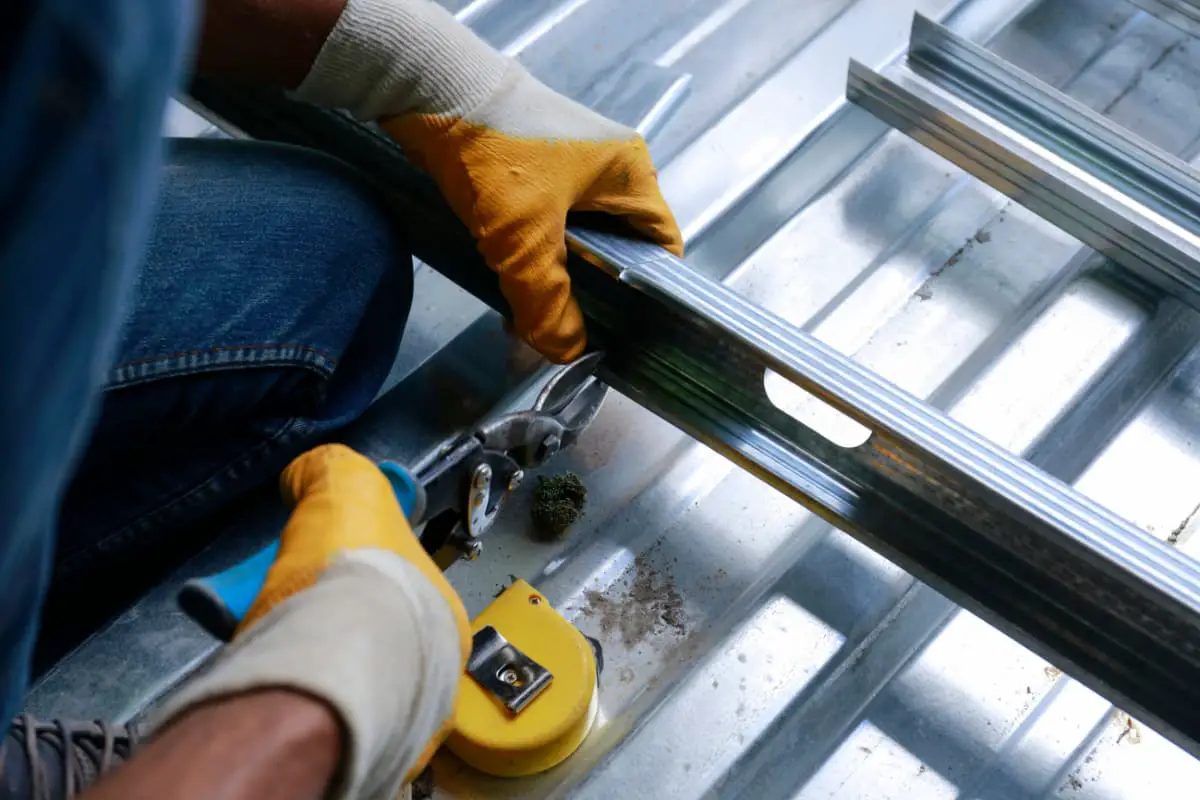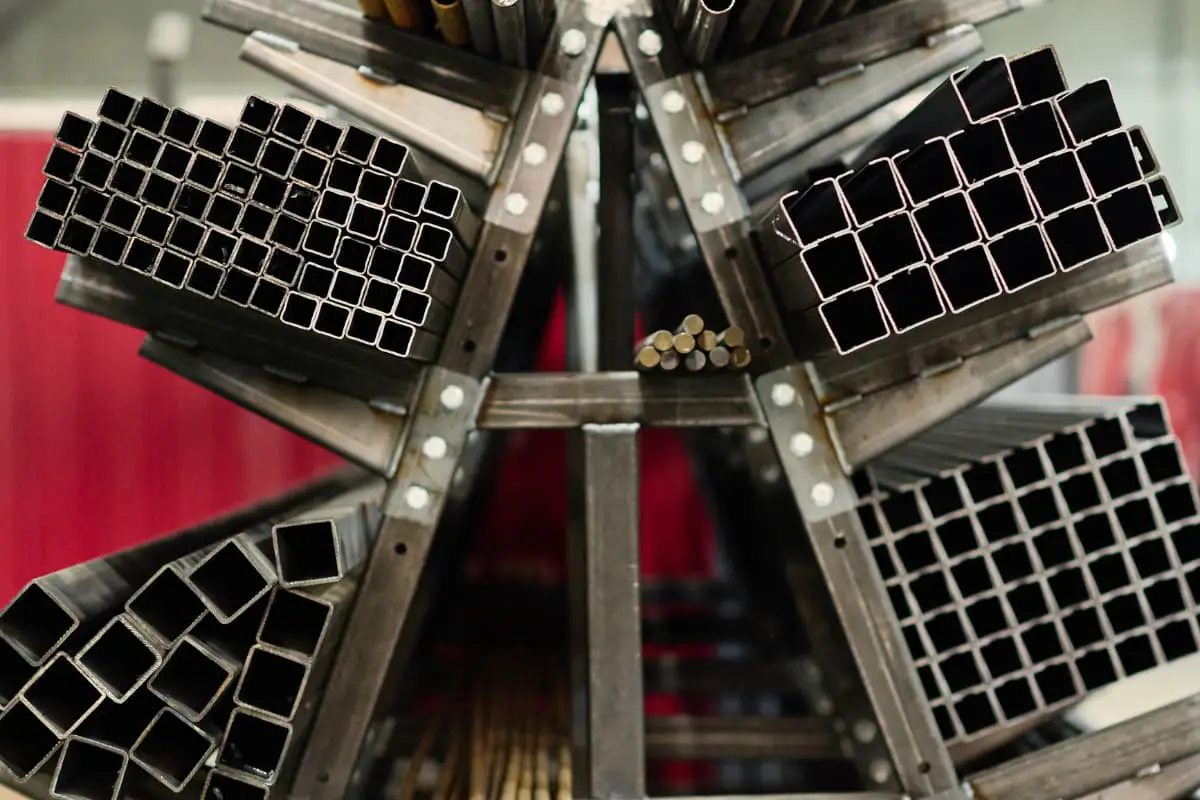
Rapid Analysis of the Causes of Deep Drawing Part Fractures
Fractures in deep-drawn parts most commonly occur at the end of the radius on the wall of the workpiece, or slightly below it, at what is known as the critical section. The main causes of fractures include:
1) Uneven dies.
2) Non-parallel upper and lower worktable surfaces.
3) Insufficient material elongation.
4) Too small a radius on the punch and die corners.
5) Too small a deep-drawing coefficient, resulting in excessive deformation.
6) Excessive blank holder force.
Experienced individuals can quickly determine the cause by observation. For instance, if the fracture circumference is between half and two-thirds, it is likely due to uneven dies; if the fracture circumference is equal to or greater than two-thirds, it suggests that the upper and lower dies are essentially parallel, and attention should be focused on the fourth to sixth reasons mentioned above.
When the die corner radius is too small, the material thinning is obvious and the fracture zone moves closer to the corner of the die, which can be directly observed at the fracture site.
With excessive blank holder force, the original luster of the material’s surface is completely destroyed, replaced by a sheen created by the sliding under heavy pressure. By holding the workpiece up to a light and adjusting the angle of the blank holder surface, a clear reflection can be seen.
Auditory cues can also assist in diagnosis. Fractures due to uneven dies start from one side or point, producing a softer, drawn-out sound; whereas fractures caused by reasons three to six occur almost simultaneously across the entire section, resulting in a louder and more abrupt sound.
If multiple adjustments fail to achieve the desired outcome, the following steps can be taken:
1) Switch the relative positions of the die and the press worktable. If the starting point of the fracture does not change relative to the die, it indicates that the upper and lower worktable surfaces are parallel and the die surfaces are uneven. If the starting point of the fracture remains constant relative to the worktable, it means the die is flat and the upper and lower worktable surfaces are not parallel.
2) If the starting point of the fracture is not fixed but varies around the circumference, material elongation should be considered after ruling out the issue of a too small die corner radius.
3) Additionally, if severe flange deviation occurs, the following should be considered: slight unevenness in the die, inconsistent roughness at the die corner radius, and uneven roughness on the blank holder surface or die face.
Analysis of Causes for Defective Deep Drawing Products
The analysis of the causes of defects in deep drawing is presented in Table 1.
Table 1: Analysis of Causes for Defective Deep Drawing Products
| Category | Defective Location | Cause Analysis | Solutions |
| Wrinkling | Wrinkling of the flange | The flanging force is insufficient. | Increase the edge-holding force. |
| Some flanges exhibit wrinkling, as well as wrinkling at the top edge. | The blank holder is not parallel to the die’s working surface. | Flatten the edge-holding ring or the die by adding shims to certain punch ends to adjust the parallelism of the edge-holding ring or die. | |
| The die radius is too large, resulting in a final flange width exceeding 10 times the material thickness. | Refine the die’s corner radius. | ||
| Conical components, parabolic shapes, and hemispherical workpieces show wrinkling around the midsection. | The flanging force is too low. | Increase the edge-holding force. | |
| The die radius is excessively large. | Repair the die’s corner radius. | ||
| Excessive lubrication has been applied. | Reduce lubrication. | ||
| Fracture | The cylindrical component has a fractured base. | The flange force is excessive. | Reduce the blank holder force. |
| The radius of the punch’s corner is too small. | Increase the size. | ||
| The material lacks sufficient toughness. | Switch materials. | ||
| The draw ratio is too low. | Calculate the draw ratio. | ||
| Work hardening due to cold working. | Anneal the metal. | ||
| The clearance is too narrow. | Adjust the punch-die clearance. | ||
| The clearance is uneven. | Ensure even clearance. | ||
| The working surfaces of the die and the blank holder have excessive roughness. | Polish the working surfaces. | ||
| There is insufficient lubrication. | Apply lubricant to the die cavity. | ||
| The truncated cone components, parabolic workpieces, and hemispherical parts are experiencing fractures in the midsection. | The edge pressure is excessive. | Reduce the blank holder force. | |
| The punch surface is overly smooth. | Manually roughen the punch surface with coarse sandpaper. | ||
| There is an overabundance of lubricant, resulting in insufficient friction between the material and the punch. | Use dry powder instead of lubricating oil on the punch surface, or go without. | ||
| If the die is uneven, the flange wrinkles cannot be drawn into the die. | Adjust the die or the machine tool worktable. | ||
| The truncated cone components, parabolic, and hemispherical workpieces have fractures in the lower abdomen. | Excessive flanging force | Reduce the blank holder force. | |
| Die radius is too small | Increase the size. | ||
| Insufficient draw ratio | Recalculate the draw ratio. | ||
| Poor lubrication (lack of oil or inadequate viscosity) | Select the appropriate grade of lubricating oil. | ||
| The corner of the box-shaped component has cracked. | The flange area is too large. | Increase the size of the cutting face area. | |
| The radius of the die corner is too small. | Enlarge the radius of the die’s concave corners. | ||
| The clearance at the corner is insufficient. | Adjust to exceed 1.1 times the material thickness. | ||
| The flanging force is excessive. | Adjust the clamping force. | ||
| The die alignment is poor, resulting in uneven clearance around the perimeter. | Realign the clearance. | ||
| Edge offset | Flange offset | The placement of the defective part is not centered. | Adjust the positioning. |
| The working surfaces of the die and the blank holder are not parallel. | Ensure the parallelism of the edge-clamping ring. | ||
| The working surfaces of the return die and the blank holder exhibit unremoved striated grinding marks. | Grind and polish the die orifices and edge-clamping rings on the rotary tool. | ||
| The workpiece is off-center | The draw die clearance is uneven. | Adjust the mold clearance, | |
| The radius of the die’s corners is inconsistent. | Repair the radius of the die, | ||
| The working surfaces of the return die and the binder are not parallel. | Level or shim the binder ring, | ||
| The surface roughness of the die and binder surfaces is inconsistent. | Repollish the surface of the die and binder ring. | ||
| Wall surfaces exhibit brush marks and scratches. | / | The mold lacks smoothness. | Polishing Molds |
| The die’s rounded corners have accumulated deposits or show signs of wear. | Repairing and smoothing polished mold fillets | ||
| The lubricant is contaminated. | Filtering lubricants | ||
| The phenomenon of burring is significant | / | Inconsistent material thickness | Replace materials. |
| Accumulation of nodules or hard spots on the mold | Repair, grind, and polish the die radii. | ||
| Solid contaminants present in the lubricant | Filter the lubricant. |









